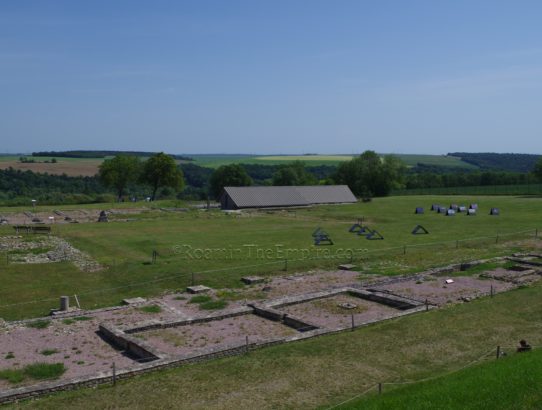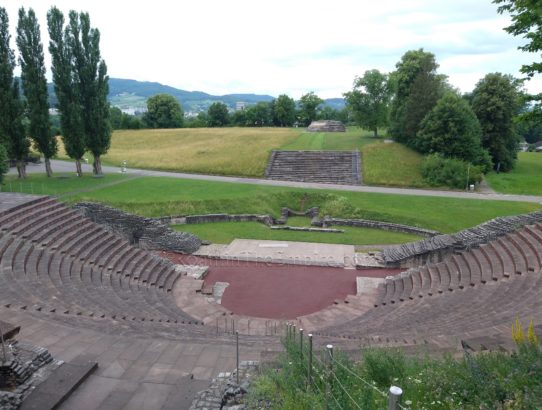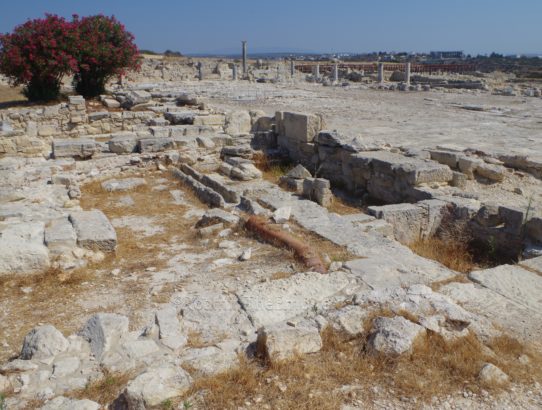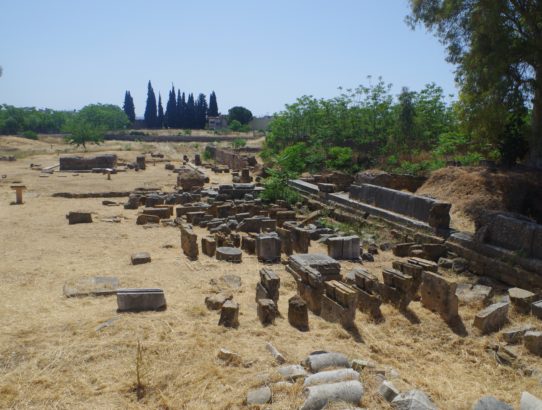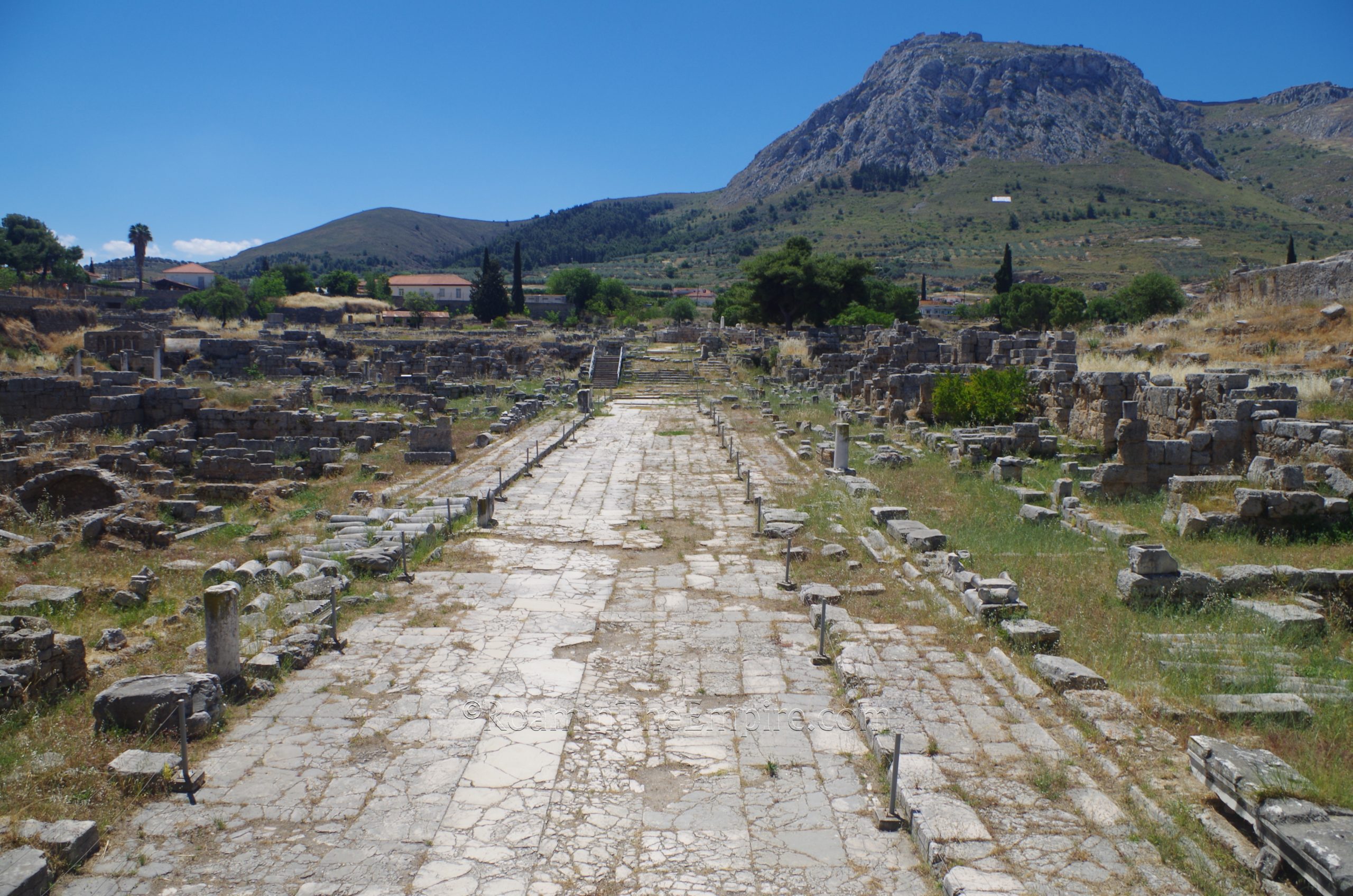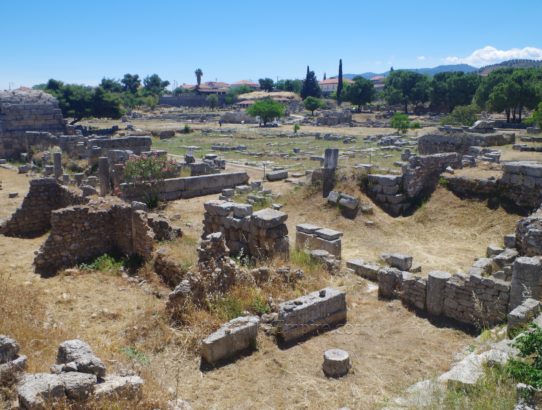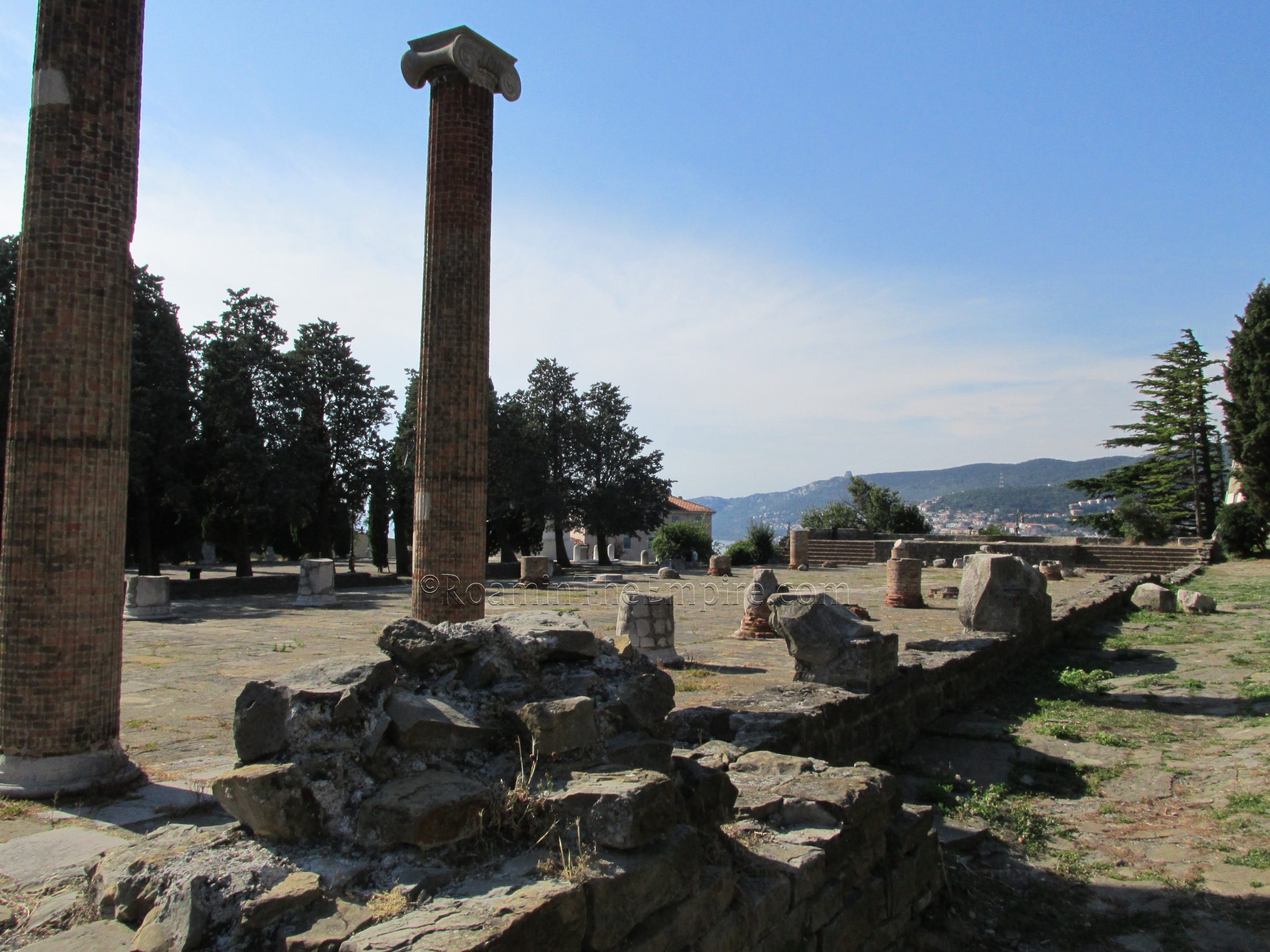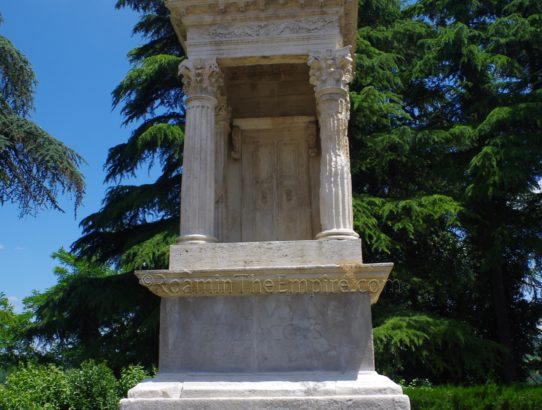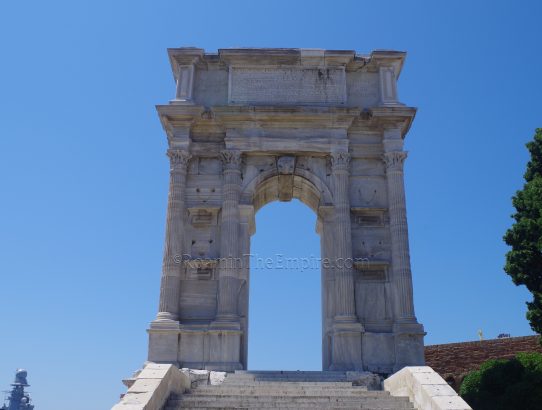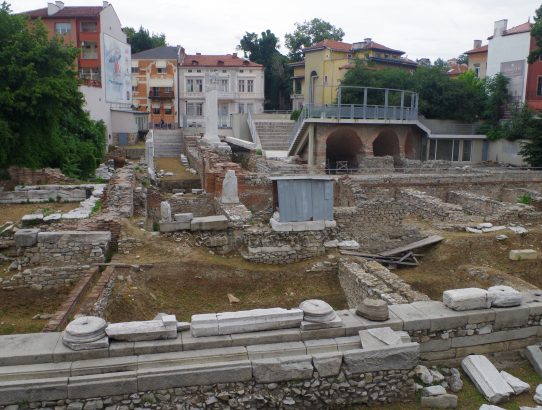Alesia, Gallia Lugdunensis – Part I
Most Recent Visit: May 2022 In antiquity, the chief settlement of the Mandubii was located on the plateau of the Mons Alisiensis, the modern Mont Auxois. It is likely the town which Caesar refers to as the Oppidum Mandubiorum. Today, the remains of the settlement are located just outside the French town of Alise-Sainte-Reine, which…
Read More


